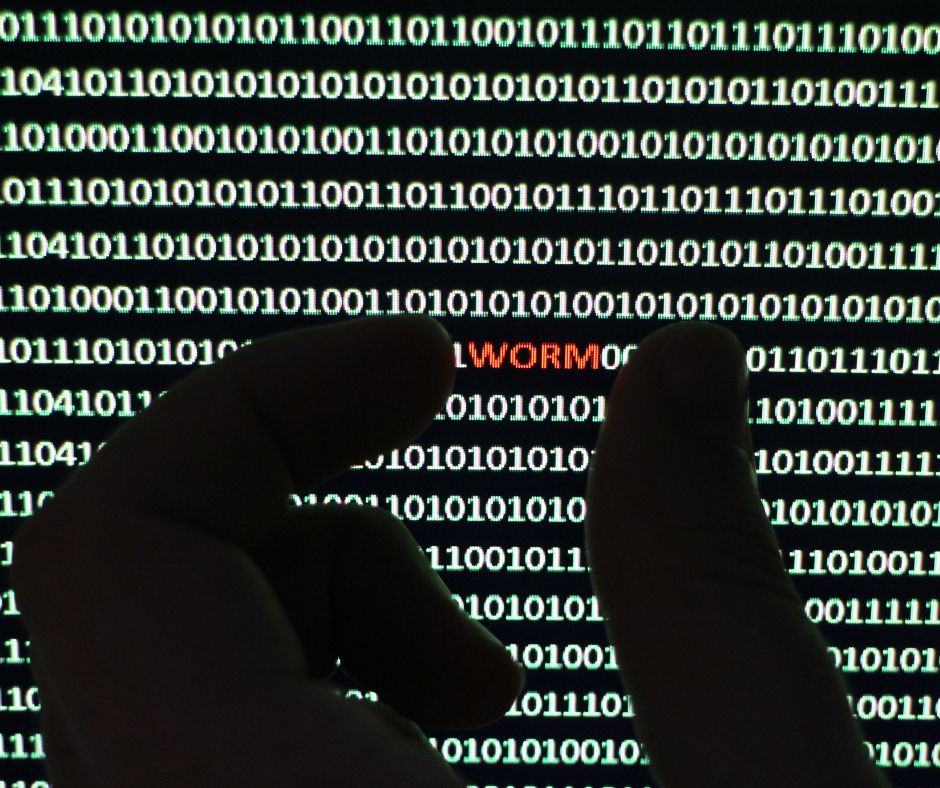A Computer Worm – like a virus – is a malicious software which when infects a machine causes damage. The ramifications of such attack can be extremely detrimental to an organization or an individual. Both a Virus and a Worm fit under the umbrella term – Malware.
A Virus and a Worm have a critical difference in how the spread – a worm can spread without human interaction whereas a virus must have some kind of human interaction in order to spread. Which separates them apart from each other and other forms of Malware.

A Worm can take many different forms including:
Worm Virus Hybrids: A piece of software that spreads like a Worm however modifies itself like a Virus or contains another form of Virus trait such as Trojan, Spyware or Rootkit.
Bot Worms: designed to infect many computers to create ‘bots’ which can contribute to DDoS attacks (Distributed Denial of Service). Conficker, first noted in 2008, caused critical damage to large IT Infrastructure including the UK Ministry of Defense and the French Navy. So much so that French planes were grounded for a short time.
Instant Messaging Worms: Spreads through social media messaging platforms such as WhatsApp, MSN and Facebook…. The worm spreads by an infected users contact list, by messaging other user’s malicious links or images embedded with the Malware. First noted in 2001, it was thought of as harmless until 2006 when an IM Worm – xmas-2006 FUNNY.jpg was discovered spreading across the Netherlands.
Email Worms: spread via email – Email Worms sends itself through an attachment or URL within an email. Once as user is infected it spreads further by the contact list and other sources. Often appearing in Phishing emails.
Ethical Worms: Designed to fix security vulnerabilities or to provide some other benefit to the infected user.
File Sharing Worms: taking advantage of shared file users not knowing exactly what they are downloading. File Sharing Worms copy themselves into a file and when downloaded the user is infected with the malicious worm. In 2004 a Trojan Horse File Sharing Worm Phatbot was detrimental to millions of computers. Stealing PIN numbers, credit card details and all sorts of sensitive data.
How do I prevent falling victim to a Computer Worm?
There are many strategies that together help protect your organization from a Cyber Attack. A combination of tools selected by Tecnica will offer enhanced comprehensive Cyber Security for your organisation. Our Cyber Essentials Plus Certified consultants are dedicated to delivering secure, thorough and innovative IT Security solutions that not only meet our clients’ requirements but exceed their expectations.
To discover how to best secure your organisation from a Computer Worm contact us today to speak to a member of our Cyber Security team.

